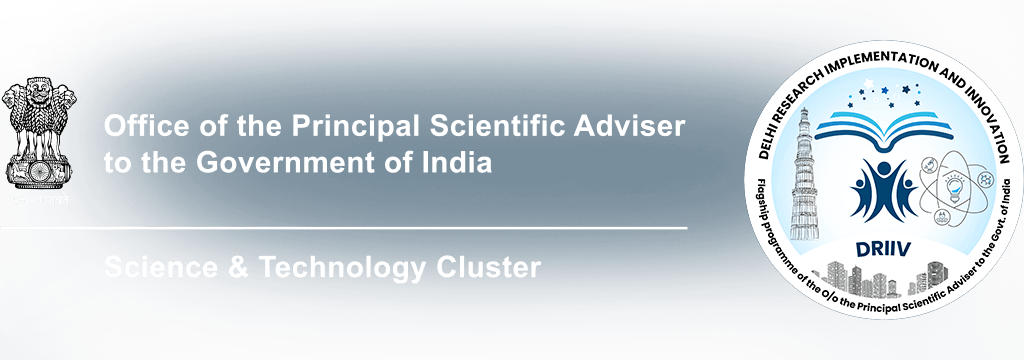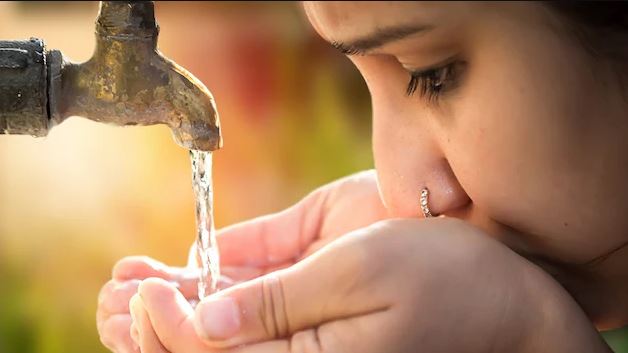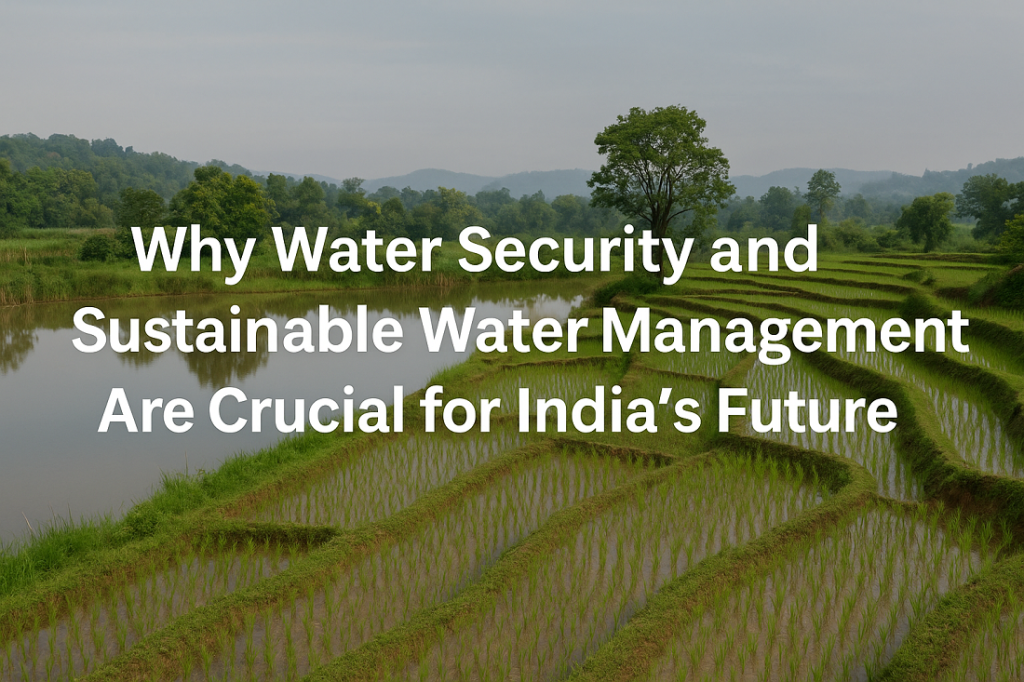Water is life — a statement as old as civilization itself, yet it holds even greater significance today. With increasing population growth, industrialization, and climate change, water security has become one of the most critical challenges of our time. Especially for a nation like India, ensuring water availability for current and future generations is vital for sustainable development.
At DRIIV, we are deeply committed to supporting initiatives that promote water security in India, focusing on sustainable water management, water conservation, and effective control of water pollution. This blog explores how these efforts are shaping a water-secure future for India and the world.
Understanding Water Security
Water security refers to the reliable availability of an acceptable quantity and quality of water for health, livelihoods, ecosystems, and production. It also involves the management of water-related risks such as floods, droughts, and water pollution.
Without water security, economic growth slows, public health suffers, and environmental sustainability is compromised. In simple terms, water security is not just about having water; it’s about having safe, clean, and accessible water for all.
The State of Water Security in India
India houses around 18% of the world’s population but has only 4% of the world’s freshwater resources. This imbalance places enormous stress on the country’s water systems. Factors such as erratic rainfall, over-extraction of groundwater, and increasing water pollution worsen the situation.
According to reports, nearly 600 million people in India face high to extreme water stress, and about 200,000 people die every year due to inadequate access to safe water. These alarming numbers make water security in India a national priority.
However, solutions are within reach. Through robust policy reforms, community participation, and technological advancements, India can ensure sustainable and equitable water availability for all its citizens.
Sustainable Water Management: A Path Forward
Sustainable water management involves using water resources efficiently and responsibly to meet current needs without compromising the ability of future generations to meet theirs. At DRIIV, we emphasize innovative and integrated approaches to water management.
Here are key components of sustainable water management:
1. Rainwater Harvesting
Capturing and storing rainwater reduces dependence on groundwater and replenishes aquifers. It’s a simple yet powerful way to improve water security at the local level.
2. Wastewater Recycling
Treating and reusing wastewater for non-potable purposes, such as irrigation and industrial processes, helps conserve freshwater supplies and reduce water pollution.
3. Smart Irrigation Techniques
Drip and sprinkler irrigation systems optimize water usage in agriculture, which accounts for nearly 80% of India’s water consumption.
4. Integrated Water Resource Management (IWRM)
This holistic approach considers the interconnections between water, land, and ecosystems to maximize economic and social welfare without compromising environmental sustainability.
DRIIV advocates for widespread adoption of these practices to ensure long-term water security and ecosystem health.
Water Conservation: Every Drop Counts
Water conservation is essential to bridge the gap between water demand and supply. Simple actions, when multiplied across millions of households and businesses, can make a significant impact.
Practical water conservation methods include:
Fixing leaks promptly
Installing water-efficient fixtures
Using greywater for landscaping
Practicing mindful water use in daily activities
At DRIIV, we encourage everyone to embrace water-saving habits. Remember, conserving water today ensures a secure water future tomorrow.
Control of Water Pollution: Safeguarding Our Water Sources
Water pollution remains a significant threat to water security worldwide. Contaminants from industrial effluents, agricultural runoff, and untreated sewage degrade water quality, posing health risks and ecosystem damage.
Effective control of water pollution involves:
Strict enforcement of regulations: Industries must comply with wastewater treatment norms.
Advanced treatment technologies: Adoption of membrane filtration, bioreactors, and other technologies to treat polluted water.
Public awareness campaigns: Educating communities about the dangers of water pollution and the importance of safe waste disposal.
DRIIV actively supports initiatives aimed at reducing pollution loads and restoring water bodies, ensuring cleaner and safer water for all.
Technological Innovations for Water Security
Technology plays a crucial role in advancing water security. Innovations such as real-time water quality monitoring, data analytics for predicting water demand, and satellite-based water resource mapping are revolutionizing water management.
For instance, smart water meters help track consumption patterns and detect leaks early, while AI-powered tools assist policymakers in making informed decisions regarding water allocation and conservation.
At DRIIV, we are at the forefront of integrating such technologies into water management strategies, helping India move towards a water-secure future.
Community Participation: A Shared Responsibility
Water security is not solely the responsibility of governments or industries. Communities play an equally important role. Local water user associations, self-help groups, and community-led water monitoring initiatives can bring about lasting change.
When communities take ownership of water resources, they become active participants in conservation and pollution control efforts. DRIIV works closely with local stakeholders to empower them with knowledge and tools for effective water management.
Conclusion
Water security is not just a goal — it is a necessity for our survival and prosperity. By embracing sustainable water management, practicing water conservation, and ensuring effective control of water pollution, we can secure this precious resource for generations to come.
At DRIIV, we are proud to be part of this vital mission. Together, with collective action and innovative solutions, we can build a future where everyone has access to safe and reliable water.
FAQs
What is water security, and why is it important?
Water security means ensuring the availability of safe, clean water for all purposes, including drinking, agriculture, industry, and ecosystems. It is crucial because water is fundamental to health, economic development, and environmental sustainability.
How is India addressing water security challenges?
India is tackling water security challenges through policies promoting sustainable water management, investments in water infrastructure, adoption of modern irrigation techniques, and community-led initiatives like rainwater harvesting and pollution control.
What are effective methods for water conservation?
Effective water conservation methods include rainwater harvesting, fixing leaks, using water-efficient appliances, recycling wastewater, and adopting mindful usage habits in daily life.
How can industries contribute to the control of water pollution?
Industries can help control water pollution by treating wastewater before discharge, adopting clean production technologies, complying with environmental regulations, and investing in water recycling systems.
How does DRIIV support water security and sustainable water management?
DRIIV supports water security through research, promotion of sustainable practices, collaboration with policymakers, and community engagement programs focused on water conservation and pollution control.




